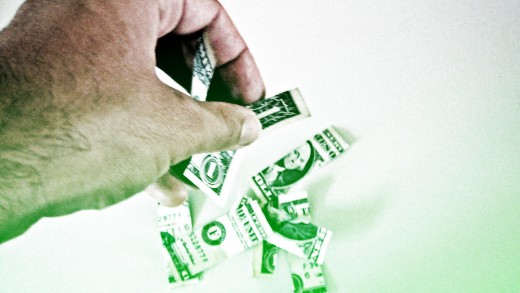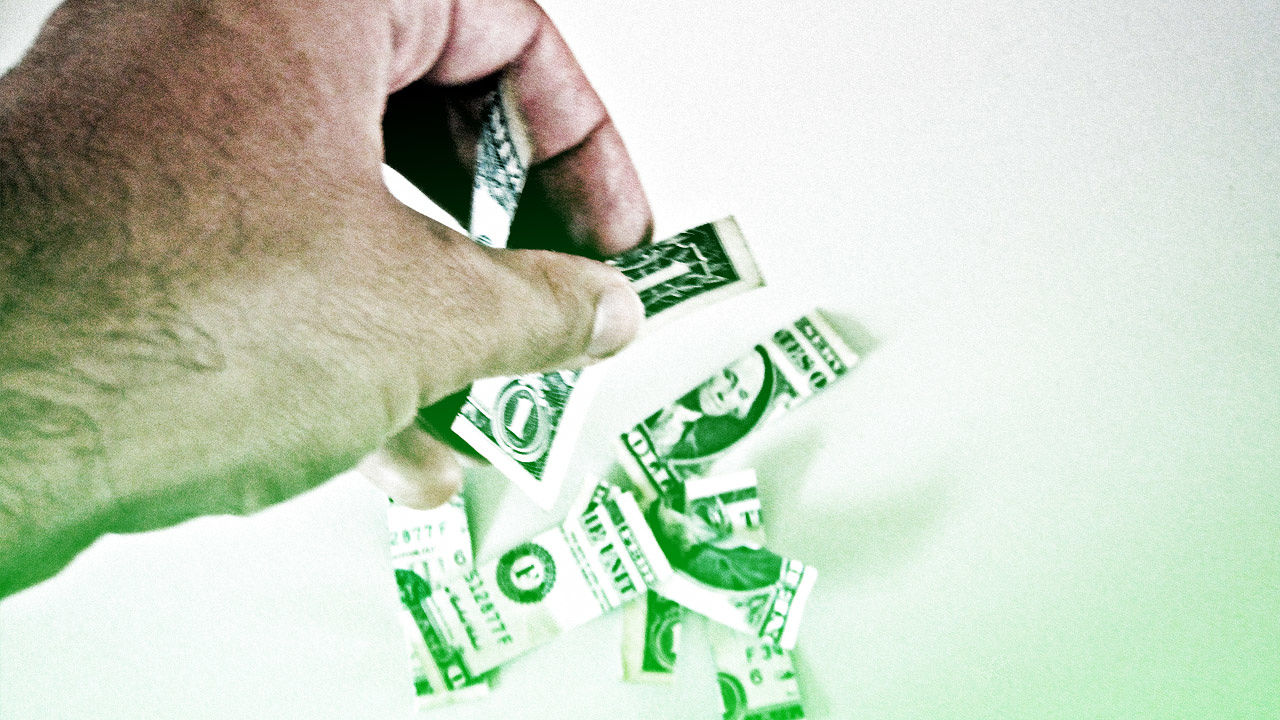classes From The Epic Fails Of well-Funded Startups
in the startup world, failure is a given. Fail quick is the founder’s mantra. Make a mistake, learn from it, transfer on, say the specialists. When startups are well funded—and have progressively more personnel individuals and stakeholders, it’s no longer quite so simple.
we all know that the highway to success is paved with bumps. It’s that you can imagine to upward thrust from the ashes of a startup’s crash and burn. We’ve suggested how one CEO picked herself up and bootstrapped another startup that’s now a smash hit with over $a hundred million in earnings. Others pulled a laborious pivot when their first thought didn’t measure up.
CB Insights combed its challenge and angel funding database and pulled out ninety two examples of startups that raised over $a hundred million but still didn’t make it. fatal flaws abounded, from financial fraud to competitors, or burning via cash while being unable to generate sustainable revenue. We’ve winnowed it down to 5 among them. listed here are their cautionary tales.
Quirky—accomplished via bills
The platform for crowdsourced inventions was once met with skepticism at first, however then gained over buyers and managed to raise over $185 million from smartly-known VCs equivalent to Kleiner Perkins Caufield & Byers and Andreessen Horowitz.
the problem was a systemic one. regardless of the funding, Quirky’s business edition used to be simply too dear. in contrast to Kickstarter, which simplest provides its actual platform for startup founders, Quirky used to be providing entrepreneurs with a vision from manufacturing to advertising. Taking 90% of inventors’ income nonetheless didn’t show to add up, especially when also factoring within the safety flaw of its good dwelling instrument subsidiary Wink.
Rdio—Killed by using competitors
again in 2010, Skype founders pioneered one of the vital first on-demand track streaming services and products to hit the U.S. with a $5 per 30 days web plan that accessed some 7 million songs. Spotify was once shut on its heels although, and within months, the Swedish startup launched its own free streaming carrier stateside. Rdio persevered to soldier on, refining its merchandise and taking a cautious method to producing profits that managed to snag $117.5 million from buyers.
unfortunately for Rdio, taking part in it safe was a mistake, particularly in the song business, where labels and licensing deals meant razor-thin profit margins. As one employee put it, “you have to make it up with excessive quantity, which is why you see Spotify going after each someone in the world.” Rdio’s running business went bankrupt in late 2015, as Pandora scooped up its mental property and a few staffers in a $seventy five million deal.
Webvan—Incinerated by means of Infrastructure
In an age of comparable-day delivery of everything from laundry cleaning soap to snack meals, it’s laborious to imagine that a startup promising to ship your groceries within an exact window of time would hit the skids. however, in 1999 issues weren’t so easy. To make its comfort edition work, Webvan poured investments into automatic warehouses, logistics software, and a fleet of vans to ferry the goods. the issue used to be that orders wanted to be placed a day or more upfront, killing any probability for impulse buys and speedy gratification. even though it raised $275.2 million from the likes of Sequoia and Softbank, Webvan couldn’t pay for its pricey infrastructure when shopper demand failed to fulfill expectations.
Boo.com—Busted by using The Bubble
sometimes the early bird fails to catch the worm, especially if it’s consciously ignoring the very best ones in want of those just out of attain. So it was once with Boo.com, one of the vital first completely e-commerce companies aimed toward selling main style manufacturers on-line. It launched in the fall of 1999.
the theory used to be visionary, however the execution left a lot to be favored. The company burned thru $one hundred thirty five million in VC funding in 18 months, all earlier than releasing its first product. as soon as live, customers needed excessive-speed web connections to get right of entry to the website properly. Pile on the fact that money was spent on merchandising and promotion reasonably than product, and no wonder the corporate declared bankruptcy by using mid-may 2000.
Aereo—Laid Low by means of court cases
In 2012, Aereo launched a “television-in-your-browser platform” that provided viewers in new york a solution to watch live proclaims in HD on any Apple instrument for just $12 a month. the idea proved so disruptive, it brought on a surge of court cases from media companies.
but now not before tv magnate Barry Diller and others jumped on board, investing a hair below $a hundred million in the promise it could scale to more than one cities and used to be as harmless as placing a pair of rabbit ear antennae for your television.
Broadcasters weren’t buying Aereo’s argument, and the carrier went bankrupt after two years. so as to add insult to injury, the U.S. Supreme courtroom ordered Aereo to pay out $950,000 to broadcasters ultimate April.
(27)














